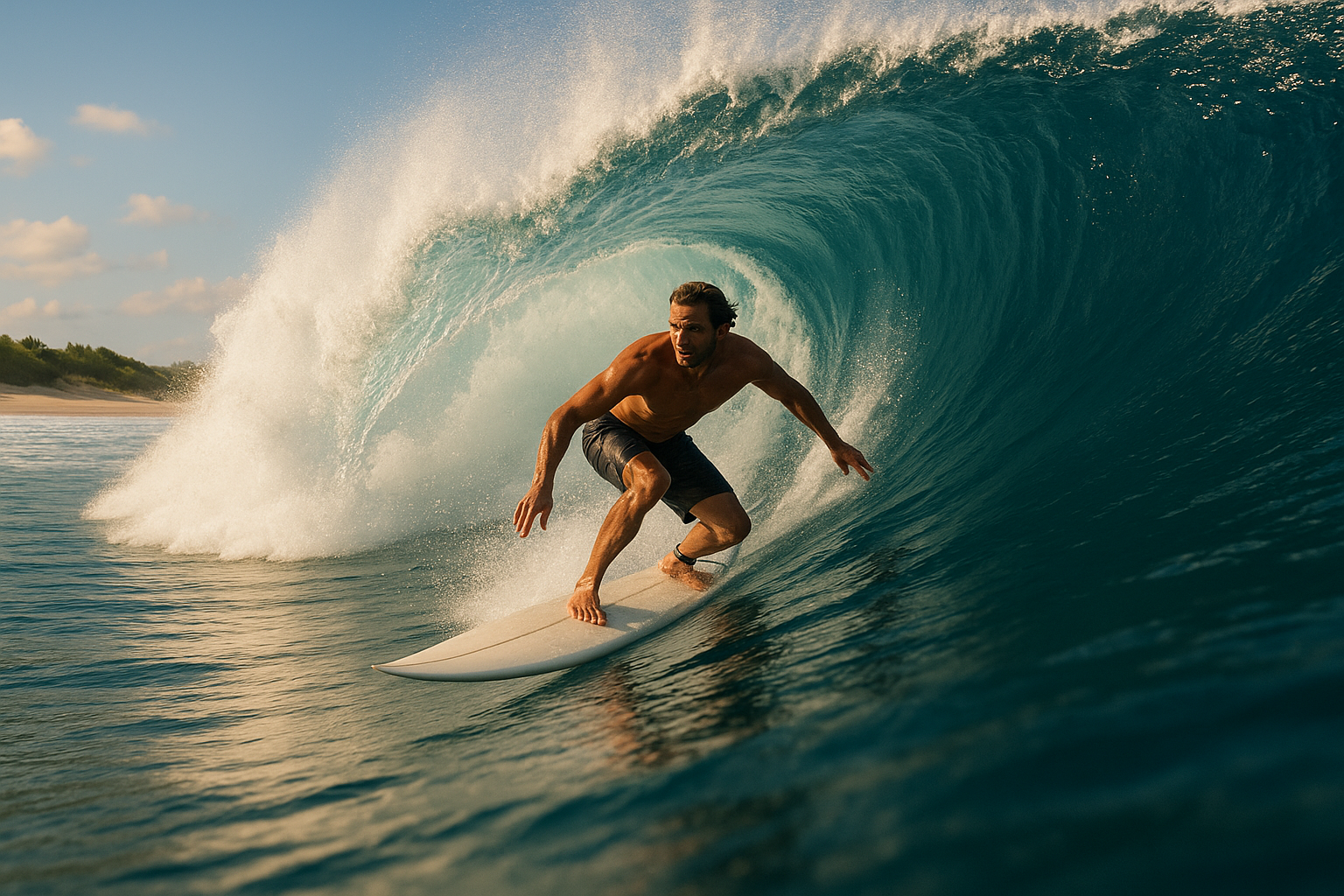"Riding the Waves: An In-depth Exploration of Surfing's Past, Present, and Future"
Introduction: Imagine yourself on a surfboard, balancing on a wave that is rapidly carrying you towards the shore. You're not just on the water—you're part of it, in a sport that's as old as civilization itself. Welcome to the world of surfing, a sport that has evolved from ancient Polynesian culture to a worldwide phenomenon.

The Origins of Surfing: A Sport Born in Ancient Polynesia
The roots of surfing date back to ancient Polynesia, where early inhabitants viewed it as an integral part of their culture and lifestyle. These early surfers didn’t just ride waves for amusement—they did it as a form of worship, as a social activity, and even as a means of resolving conflicts. The European explorers who arrived in Hawaii in the 18th century were amazed by the spectacle of surfing. However, it wasn’t until the late 19th and early 20th century that surfing began to gain popularity outside of Polynesia.
The Rise of Modern Surfing: From Duke Kahanamoku to Today’s Champions
The rise of modern surfing is largely attributed to Duke Kahanamoku, a native Hawaiian who popularized the sport in the early 20th century. Since then, surfing has evolved significantly. Today’s surfers ride shorter, lighter boards, and the sport has diversified into various styles, including longboarding, shortboarding, and big wave surfing. Current world champions like John John Florence and Carissa Moore are pushing the boundaries of what’s possible in the sport, executing maneuvers that would have been unthinkable a few decades ago.
Current Trends and Innovations in Surfing
Surfing is continually evolving, with new trends and innovations shaping the sport. From the rise of artificial wave pools that provide consistent, rideable waves to advancements in surfboard design and materials, the sport is constantly pushing the boundaries of what’s possible. There’s also a growing emphasis on sustainability in the surfing industry, with many companies now producing eco-friendly boards and apparel.
The Science of Surfing: Understanding Waves and Board Design
At its core, surfing is about riding waves, and understanding the science of waves is crucial for any surfer. Waves are created by wind energy being transferred to the water, and their size and power depend on factors like wind speed, the duration of the wind, and the distance over which it blows (known as the fetch). Additionally, surfboard design plays a critical role in a surfer’s ability to ride waves. Modern surfboards are carefully engineered for balance, maneuverability, and speed, with factors like length, width, thickness, and curvature all playing a part.
The Future of Surfing: Challenges and Opportunities
The future of surfing is bright, but it’s not without challenges. Climate change and pollution threaten the health of our oceans and the quality of surfable waves. However, these challenges also present opportunities. The surfing community is increasingly involved in environmental activism, using the sport’s popularity to raise awareness about the need to protect our oceans. Furthermore, the inclusion of surfing in the 2020 Tokyo Olympics has given the sport a global platform, bringing it into the mainstream and opening up new possibilities for its future.
In conclusion, surfing is more than just a sport—it’s a connection to nature, a form of expression, and a way of life. As we look to the future, it’s clear that surfing will continue to evolve, adapt, and inspire. And as long as there are waves to ride, there will be surfers ready to ride them.





